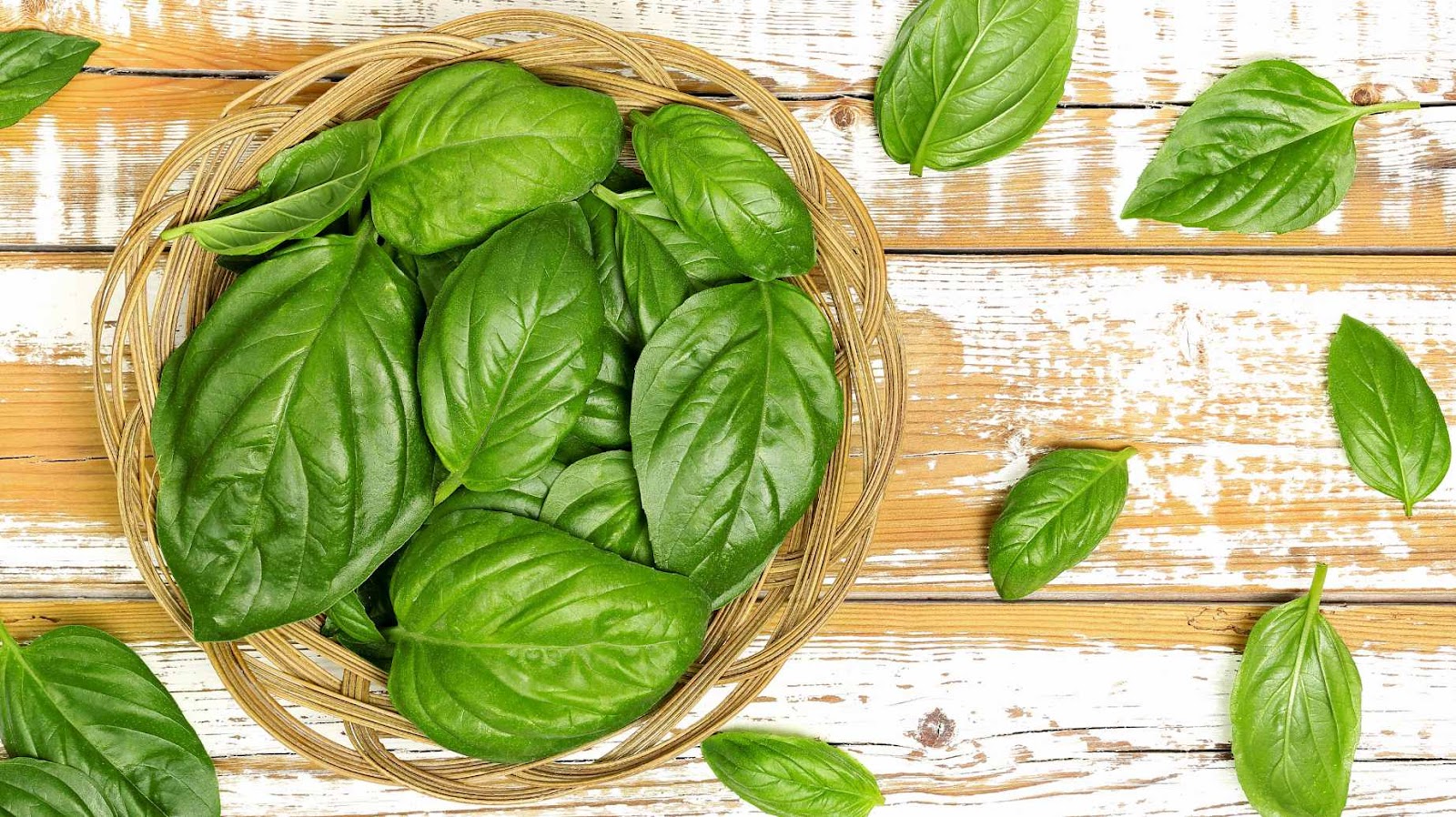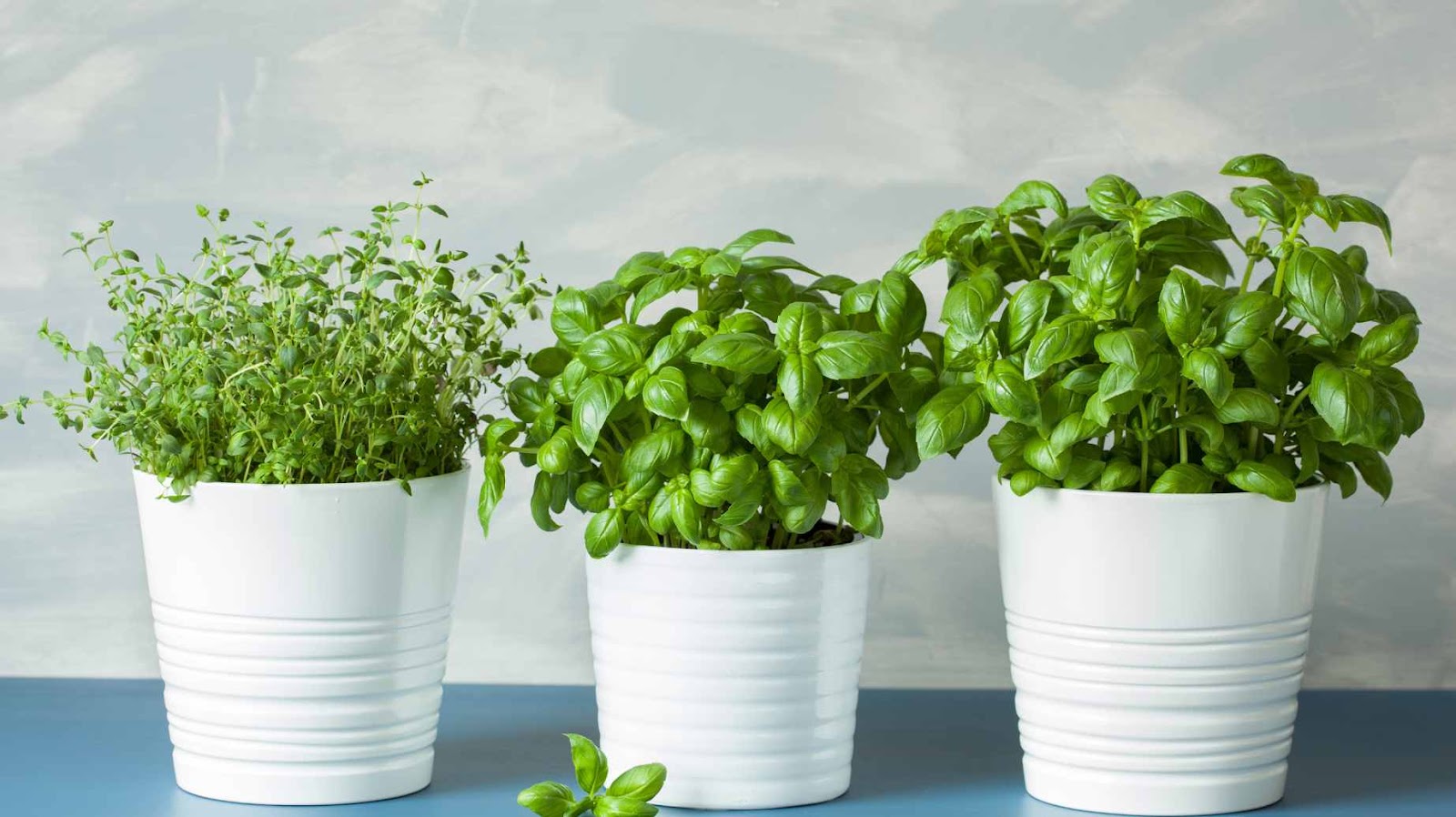Basil is a delicious herb that can be used in a variety of dishes. But did you know that there are actually different types of basil?
If you’re interested in growing your own basil, or just want to know more about this flavorful herb, read on to learn about the different types of basil and how to grow them from seed indoors.
What is Basil?
Basil is a delicious herb that can be used in a variety of dishes, from pasta to salads. But what exactly is basil? And how can you grow it from seed indoors?
Basil is a member of the mint family, and its scientific name is Ocimum basilicum. There are many different varieties of basil, including sweet basil, Thai basil, holy basil, and lemon basil. Basil is native to India and other tropical regions, but it can now be found all over the world. Basil plants like full sun and well-drained soil. If you want to grow basil from seed indoors, start by planting the seeds in a pot or container filled with sterile potting mix. Water the seeds regularly, and keep them in a warm place until they germinate. Once the seedlings have sprouted, transplant them into individual pots or containers. Water them regularly, and fertilize them every few weeks. When the weather gets warmer, you can transfer your Basil plants outdoors.
The Different Types of Basil
Basil is a popular herb that is used in many different cuisines. There are several different types of basil, each with its own unique flavor. The most common type of basil is sweet basil, which has a slightly sweet flavor with hints of mint and clove. Thai basil has a more intense flavor, with notes of anise and licorice. Lemon basil has a citrusy flavor, while holy basil is slightly spicy. Adding different types of basil to your dishes can addInteresting new flavors and aromas.

How to Grow Basil From Seed Indoors
If you want to grow your own basil, it’s easy to do it from seed. You can start seeds indoors in pots and then transplant them outdoors when the weather warms up, or you can sow the seeds directly in your garden. Basil likes warm weather and lots of sun, so it’s best to wait until all danger of frost has passed before planting it outside.
To start basil from seed indoors, fill a seed-starting tray or pot with a mix of peat moss and perlite. Wet the mix thoroughly and then sow the seeds about ¼ inch deep. Place the tray or pot in a warm spot (on top of a heating mat set to 70-80 degrees F is ideal) and keep the soil moist but not soggy. The seeds should germinate within 10-14 days. Once the seedlings have their first true leaves, they can be transplanted into individual pots. Use a light potting mix and water regularly, letting the soil dry out slightly between waterings. When the weather warms up, you can transplant the basil outdoors into a sunny spot in your garden. Be sure to acclimate the plants gradually to outdoor conditions by placing them outdoors in a sheltered spot for a few hours each day for a week before putting them in their final location.
The Benefits of Growing Basil Indoors
There are many benefits of growing basil indoors. For one, basil is a very versatile herb that can be used in many different dishes. It also has a very strong flavor, so a little goes a long way. Additionally, basil is relatively easy to grow and doesn’t require a lot of care or attention.
Basil is also a very healthy herb. It is packed with vitamins and minerals, including Vitamins A and C, calcium, iron, and magnesium. Basil is also a good source of antioxidants and can help improve circulation. If you are thinking about growing basil indoors, there are a few things to keep in mind. First, you will need to choose the right type of potting soil. Basil prefers well-drained soils that are high in organic matter. You will also need to make sure your pot has drainage holes in the bottom.
Once you have chosen the right type of soil, it is time to plant your basil seeds. Fill your pot with soil and wet it down until it is damp but not soggy. Place your seeds on the surface of the soil and lightly press them into the soil. Cover the pot with plastic wrap or a lid and place it in a warm location until the seeds germinate. Once the seeds have germinated, remove the cover and place the pot in a sunny location.
Water your basil plants regularly, making sure to keep the soil moist but not soggy. When your plants are about six inches tall, you can begin harvesting the leaves by snipping them off at the stem.

The Best Time to Plant Basil Seeds
If you want to grow basil from seed, the best time to plant them is in the spring. Basil is a warm-weather herb, so it won’t germinate or grow well if the temperature is below 60 degrees Fahrenheit. Start your seeds indoors about six weeks before the last average frost date in your area.
How to Care For Your Indoor Basil Plants
There are several types of basil, but the most common are sweet basil, Thai basil, and lemon basil. As annual herbs, they only live for one growing season and then die. However, with the proper care, you can keep your basil plant going strong indoors for many months.
Here are a few tips on how to care for your indoor basil plants:
-Place your basil plant in a sunny spot near a window where it will get at least six hours of direct sunlight each day.
-Water your plant when the soil feels dry to the touch. Basil likes to be kept moist but not soggy, so be sure to drainage holes in the bottom of your pot.
-Trim your plant regularly to encourage new growth. Be sure to use the leaves you trim in your cooking!
-Fertilize every two weeks with a half-strength solution of an all-purpose liquid fertilizer.
With proper care, your indoor basil plants will thrive and provide you with fresh herbs for cooking all season long!
Harvesting Your Indoor Basil Crop
After 4 to 6 weeks, your young basil plants will be large enough to begin harvesting. When you see your first flowers blooming, it’s time to start plucking leaves. Picking the leaves encourages the plant to produce even more foliage. If you want to use your basil in cooking, pick the leaves before the flowers open. Once the flowers open, the plant begins to focus its energy on reproduction rather than growth.
To harvest, simply snip off individual leaves with a sharp pair of scissors or cut the entire stem about 1 inch above a node (the point where a leaf meets the stem). Be sure to keep at least 2 sets of true leaves on each plant so it can continue growing.
Tips For Using Your Indoor Basil
If you’re lucky enough to have an abundance of basil, don’t let it go to waste! Here are some tips for using your indoor basil:
-Use it in pesto: Mix equal parts basil, Parmesan cheese, and olive oil in a food processor or blender and pulse until it reaches your desired consistency. Use immediately or store in the fridge for up to a week.
-Make a simple syrup: Combine 1 cup sugar and 1 cup water in a saucepan over medium heat. Once the sugar has dissolved, add 1 cup loosely packed basil leaves and let simmer for 10 minutes. Remove from heat and let steep for 30 minutes. Strain the syrup and store in a jar in the fridge for up to 2 weeks. Use in cocktails or mocktails, or drizzle over pancakes or waffles.
-Dry it: Tie together a bunch of basil leaves with string and hang upside down in a dark, dry place for about 2 weeks. Once the leaves are completely dry, crumble them and store in an airtight container. Use as you would any other dried herb.
